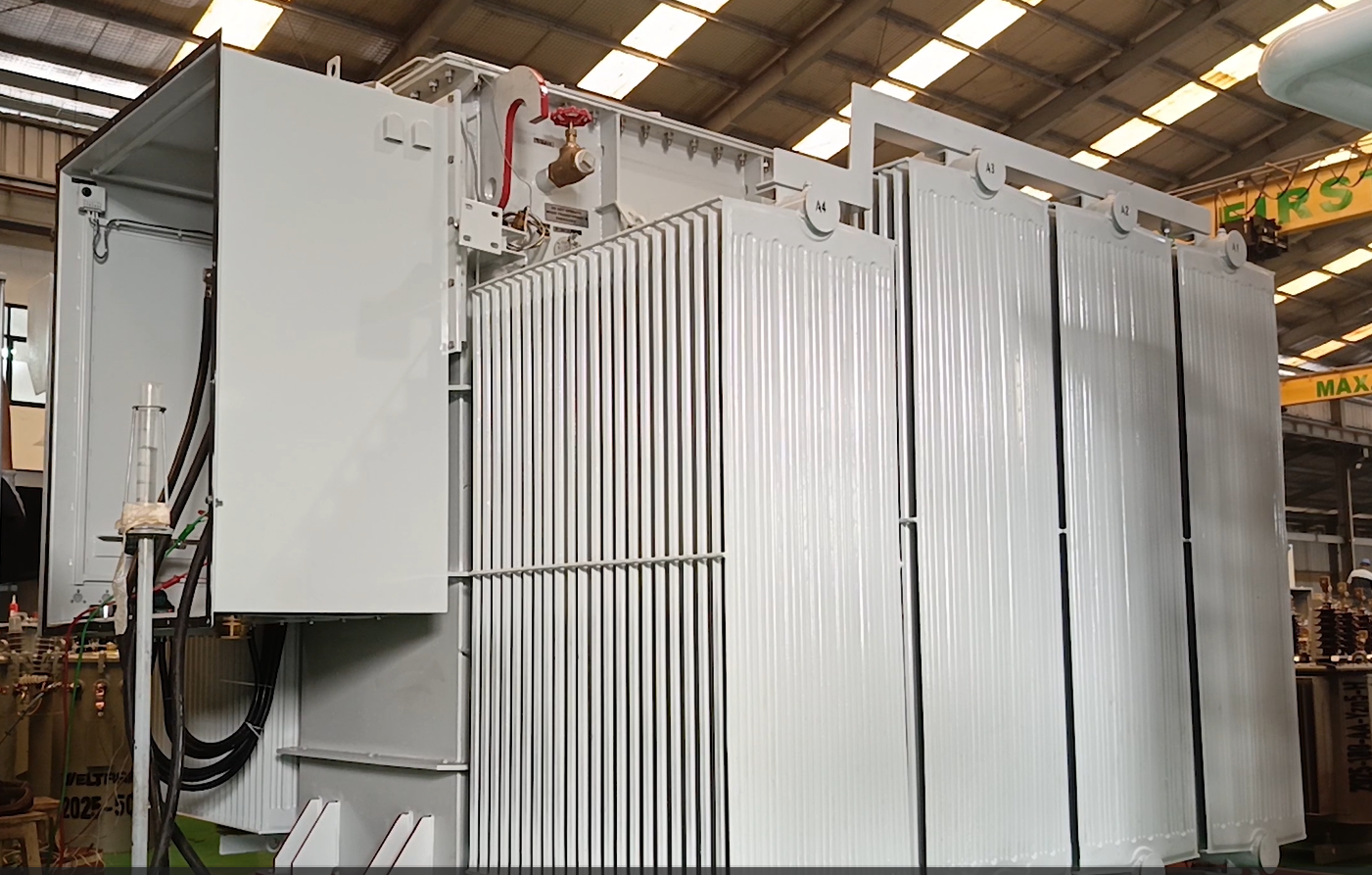Don't Ignore It! Here Are 5 Common Transformer Problems and How to Fix Them
2025-08-05 14:23:08

Transformers are important components in electrical systems that function to increase or decrease electrical voltage. However, like other equipment, transformers can also experience problems that affect performance and pose a risk of serious damage.
Here are 5 common problems with transformers and solutions to overcome them:
1. OVERHEATING
Explanation:
Overheating is a condition in which the temperature of the transformer exceeds the safe threshold (usually 65–75°C for the top of the oil). Excessive heat can damage insulation, reduce efficiency, and accelerate component degradation within the transformer.
Common Causes:
• Overload
• Poor ventilation
• Faulty cooling system (oil cooler/fan)
• Excessively hot environment
Solutions:
Ensure the cooling system is operating optimally (check the fan, radiator, or pump)
Clean the cooling fins and ensure they are not obstructed by dust
Monitor the temperature using a transformer thermometer or automatic sensor
Avoid operating the transformer beyond its rated load capacity
2. OVERLOAD (Exceeding Capacity)
Explanation:
A transformer has a specific power capacity (e.g., 250 kVA). If forced to supply a load exceeding this capacity continuously, internal temperatures will rise sharply, accelerating damage to windings and internal components.
Common Causes:
• Adding loads without recalculation
• Failure to conduct regular energy audits
• Lack of overload protection systems
Solutions:
Conduct a load audit at least every 6 months
Increase transformer capacity if load growth increases
Install circuit breakers and overload protection relays
Educate users not to use peak loads simultaneously
3. DETERIORATION OF TRANSFORMER OIL QUALITY
Explanation:
Transformer oil serves as an insulator and coolant. Over time, oil quality can deteriorate due to water contamination, oxidation, and metal particles. Contaminated oil can no longer protect the transformer from voltage surges and heat.
Common Causes:
• Long service life
• Never tested for quality (BDV, DGA, moisture)
• Exposed to humid air or leaks
Solutions:
Conduct transformer oil testing (at least once a year): BDV, moisture content, and dissolved gases
Replace the oil if test results do not meet standards
Use an oil purifier to extend oil lifespan
Ensure the transformer tank is airtight (properly sealed)
4. INSULATION BREAKDOWN
Explanation:
The insulation in a transformer prevents short circuits between windings. If it is damaged due to heat, age, or contamination, a short circuit or even an explosion can occur.
Common Causes:
• Overheating
• High humidity
• Old transformer age
• Mechanical damage or corrosion
Solutions:
Conduct regular insulation resistance testing (megger test)
Maintain transformer room humidity (use a dehumidifier if necessary)
Replace insulation or transformer windings if worn out or degraded
Use transformers with high-class insulation (Class A/B/H)
5. VOLTAGE SURGE / LIGHTNING SURGE
Explanation:
Sudden voltage surges caused by lightning strikes or network switching can enter the transformer system. These voltages far exceed the transformer's design limits and can instantly damage the windings.
Common Causes:
• No lightning protection system
• Grounding system does not meet standards
• Damaged or missing arrester
Solutions:
Install a surge arrester (lightning arrester) at the input panel
Ensure grounding resistance < 5 ohms (ideally < 1 ohm)
Inspect the arrester and protection system at least every six months
Use a protection relay capable of detecting and responding to surges quickly
https://symphoselectric.com/id/artikel
Back
